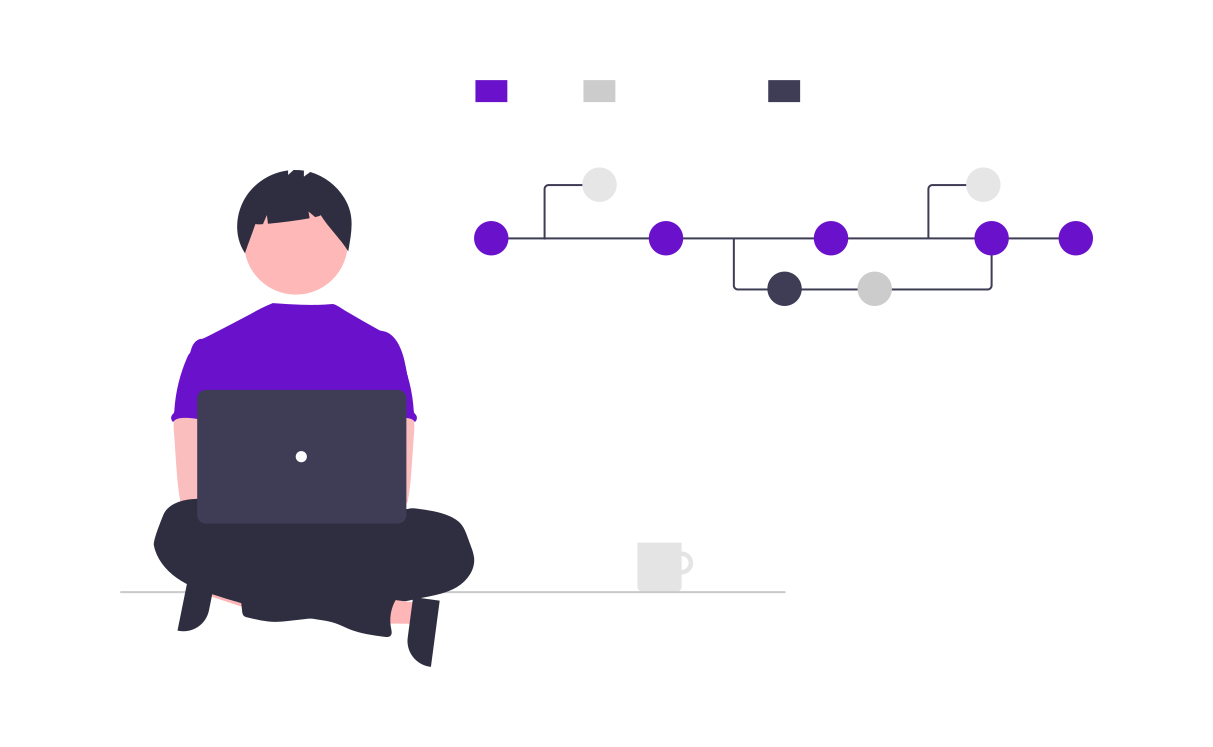In the modern marketing landscape, account-based marketing (ABM) stands out as a highly effective strategy for targeting high-value accounts. By focusing on specific accounts, marketers can create personalized campaigns that resonate deeply with their audience. However, one critical component that can make or break an ABM strategy is industrial segmentation. This article delves into the challenges associated with applying industrial segmentation to ABM and offers practical solutions to overcome these hurdles.
Understanding Industrial Segmentation in ABM
Industrial segmentation involves categorizing companies based on their industry, size, revenue, and other relevant factors. This process helps marketers identify the most promising accounts and tailor their messaging accordingly. In ABM, industrial segmentation enables marketers to prioritize their efforts and resources on the segments that are most likely to convert.
Challenges in Applying Industrial Segmentation to ABM
1. Data Quality and Completeness
One of the most significant challenges in industrial segmentation is ensuring the quality and completeness of data. Inaccurate or incomplete data can lead to misaligned targeting and ineffective campaigns.
Solution: Invest in robust data management systems and regularly update your databases. Use AI-driven tools to cleanse and enrich data, ensuring that you have accurate and comprehensive information on your target accounts.
2. Dynamic Nature of Industries
Industries are continually evolving, with companies frequently shifting focus, merging, or divesting parts of their business. This dynamic nature makes it challenging to maintain accurate segmentation.
Solution: Implement real-time data tracking and industry analysis tools. Regularly review and update your segmentation criteria to reflect the latest industry trends and company developments.
3. Complex Buying Committees
In B2B settings, buying decisions are often made by committees rather than individuals. This complexity can make it difficult to identify the right contacts within a segmented industry.
Solution: Use advanced AI-powered visitor identification tools to de-anonymize website visitors and track engagement scores. Leverage CRM integrations to map out the decision-making hierarchy within target accounts.
4. Integration with Existing Systems
Integrating industrial segmentation data with existing CRM and marketing automation systems can be cumbersome and prone to errors.
Solution: Opt for comprehensive ABM platforms that offer seamless integration with your existing tools. Ensure that your segmentation data flows smoothly across all systems to maintain consistency and accuracy.
Solutions for Effective Industrial Segmentation in ABM
1. AI-Driven Insights
Leverage AI and machine learning to analyze vast amounts of data and uncover insights that manual processes might miss. AI can help identify patterns and trends within industries, providing a more nuanced understanding of your target segments.
2. Personalized Campaigns
Use industrial segmentation to craft highly personalized campaigns. Tailor your messaging to address the specific pain points and needs of each industry segment, making your outreach more relevant and impactful.
3. Multi-Channel Approach
Implement a multi-channel approach to reach your target accounts across various touchpoints. Use personalized content on your website, email campaigns, social media, and targeted ads to engage with your audience wherever they are.
4. Continuous Monitoring and Optimization
Regularly monitor the performance of your segmented campaigns and adjust your strategies based on the results. Use analytics to track engagement and conversion rates, and continuously refine your segmentation criteria to improve effectiveness.
Conclusion
Applying industrial segmentation to account-based marketing presents several challenges, but with the right strategies and tools, these obstacles can be overcome. By ensuring data quality, staying updated with industry changes, understanding complex buying committees, and integrating seamlessly with existing systems, marketers can effectively segment their target accounts and drive more successful ABM campaigns. Embrace AI-driven insights, personalized campaigns, a multi-channel approach, and continuous optimization to stay ahead in the competitive B2B marketing landscape.


